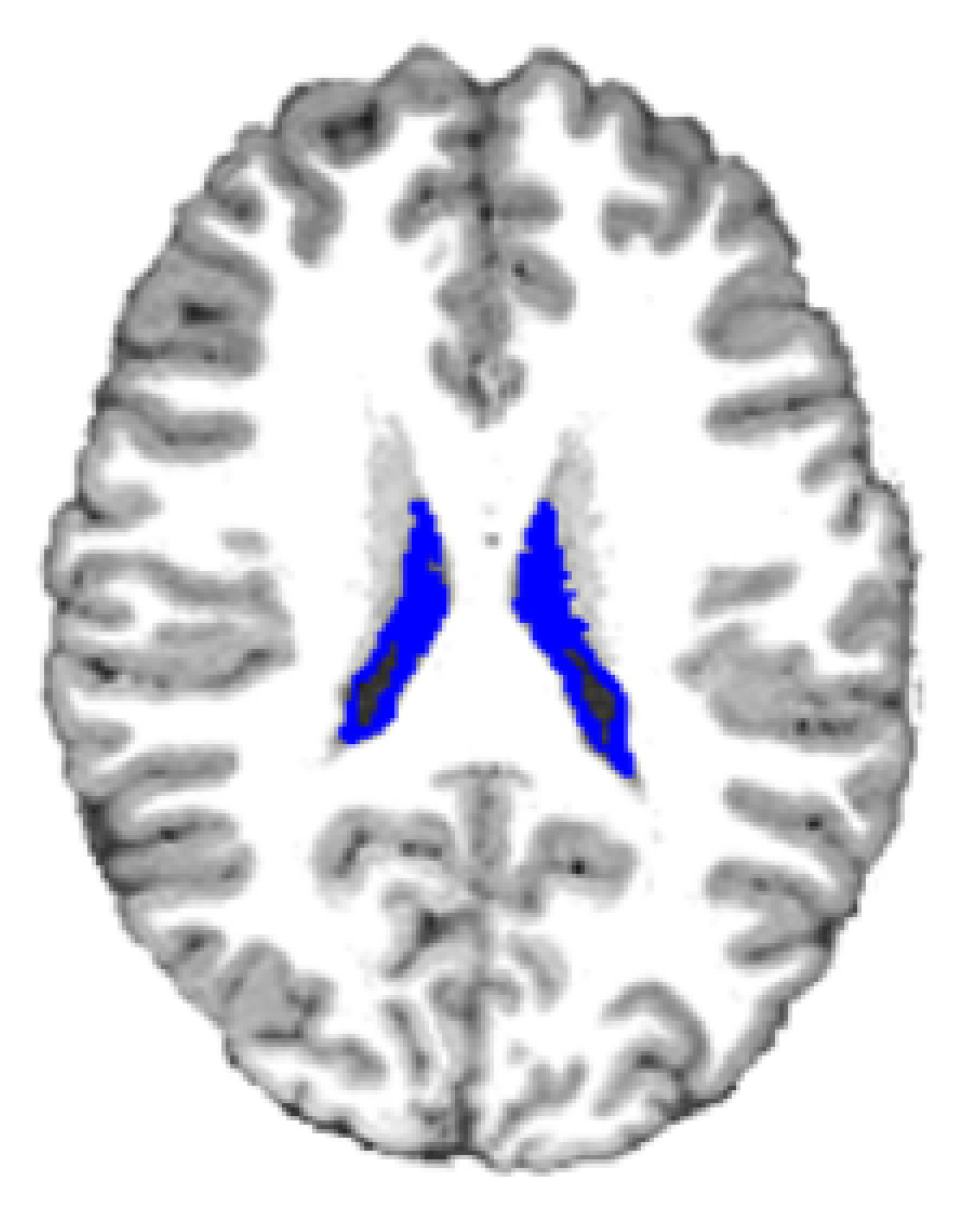The chronological age (CHA) differs from the biological one. While the former is defined as the time running as birth, the latter quantifies the maturity level that an individual (or an organ) has at the operational level. In relation with the brain, the discrepancy between the brain age and CHA might work as a biomarker for quantifying deterioration as a result of disease or improvement after some treatment or therapy, which has unlimited applications. Here, I will talk about recent results from our laboratory addressing whether or not the CHA of an individual can be predicted from the brain connectivity patterns. In particular, by building functional (resting-state) and structural (tractography) brain networks from neuroimages of healthy participants (N=155) ranging from 10 to 80 years, we apply machine learning methods to define the brain-connectome age (BCA) –the age estimator resulting from the structure-function connectome–. We next compared BCA to CHA to find that the connectivity between basal ganglia and thalamus to frontal areas, a.k.a. the fronto-striato-thalamic circuit, makes the major contribution to age estimation. Notably, the same methodology can be generally applied to identify the structural-functional brain network patterns correlating to other biomarkers than CHA.
Conferenciante: Jesus M. Cortes. IKERBASQUE: The Basque Foundation for Science, and Biocruces Health Research Institute, España.
Fecha/Hora: Miércoles 31 de Octubre, 12:00h.
Lugar: Aula de Informática (F6). Departamento de Física de la Materia. Facultad de Ciencias.

